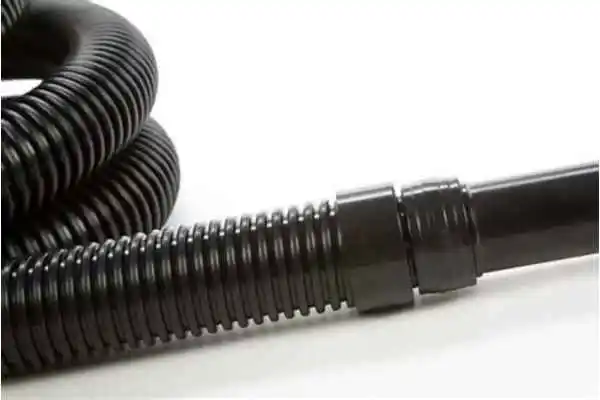You are probably here because your vacuum cleaner has already lost it suction or losing it’s suction power time to time. In this guide we will talk about why vacuum cleaner loses suction and how to solve all of the problems to get back it’s potential power. This major but common problem often happens due to some familiar reasons. Most of the times, it happens due to a clogged filter, overfilled dustbin or bag, blocked hose, nasty brush rolls, inappropriate connection, faulty belts and leaking seals.
Usual reasons to loose suction
Clogged air filters: Firstly the most common and everyday reason for this is clogged filters. If the air filters of your vacuum cleaner is clogged with dust, hairs, strings and other particles,i t will block the proper air flow, a that’s why the vacuum cleaner to loses its suction power. If the air filter is cleanable, clean it and make sure most of the dust and hairs or strings are removed. And if you’re using the same filter for several times. You shouldn’t be that stingy. This won’t take a thousand of hundred bucks. Change it real quick.

Overfilled dustbin or bag: Secondly a vacuum cleaner loses suction for the most common reason, overfilled dustbin or bag. Your house might have nearly no dirt. So you might using your vacuum cleaner for a long time without clearing the dustbin or bag of your vacuum cleaner. Or this also might happen that you’re cleaning every corner to corner of your house and lots of dirt and other suffs are coming out. Then the dustbin or bag can be filled out pretty fast. In both of this situation, you have to clear out the dustbin or change the bag of your vacuum cleaner. Another thing, in the second situation, you should check out the filter overtime.
Unusual reasons

Blocked hose: This annoying situation can also happen for some other not so common reasons like blocked hose. The hose doesn’t get blocked so often. But in certain cases like if you’re using the vacuum cleaner on a wet floor, this can happen. Otherwise, there’s no probability for this to happe. Check out the hose, if it’s clogged with dirt and other particles, clean it properly.
Brush roll woes: Another deep but slightly common reason behind a vacuum cleaner to lose suction is brush rolls. Hairs and debris often wraps around the brush roll and become an obstacle against it to spin properly. And it’s stops spinning over time. You must need to clean the hairs and debris from the brush roll after every cleaning process.
Loose connections: You may clean your vacuum cleaner often or regularly. But still you’re having this problem. You may diassemble the vacuum cleaner to properly clean it. But when it’s time to asseble it again, you may not assembling it properly. So that there is some leackage remained. The air flow gets inturrupted from this leackage and the vacuum cleaner looses suction. Check the connection and reattach the attachments properly and make sure no connection is lose.
Uncommon reasons
Faulty belt: The belt fits between the brush roll and vacuum cleaners motor. This allows the brush roll to spin. If the belt is broken, worn out or sipping, the brush roll either won’t spin properly or will stop spinning. If it happens, the vacuum cleaner won’t be able to pick up dirts and debris properly. Change the belt and you’ll get back your full performance.
Leaking seals: Gaskets and seals in a vacuum cleaner and even around the dustbin or hose creates an airtight environment. This helps the vacuum cleaner to work on it’s full potential. If there’s some issue with the sealings, or leakage in there, This will cost you a severe efficiency loss. You should ask for help to the manufacturer and follow their guidance.
After consulting all the steps and checking everything and fixing afterwards will solve your problem completely. But some of the problems are everyday problems, make sure to clean the vacuum cleaner after every cleaning session. This won’t take long and will protect you from these heavily time consuming processes.
Conclusion
In conclusion, a vacuum cleaner losing suction can be attributed to several factors, each of which impacts its overall efficiency. Common issues such as clogged filters, obstructed hoses, and full dust bags or bins are often the culprits behind reduced suction power. Additionally, worn-out or damaged components like the vacuum belt and brush roll can hinder the machine’s performance. Regular maintenance, including cleaning or replacing filters, emptying dust containers, and inspecting for blockages, is crucial to ensure optimal functionality. By understanding these potential problems and addressing them promptly, users can extend the lifespan of their vacuum cleaners and maintain a high level of cleaning effectiveness.
